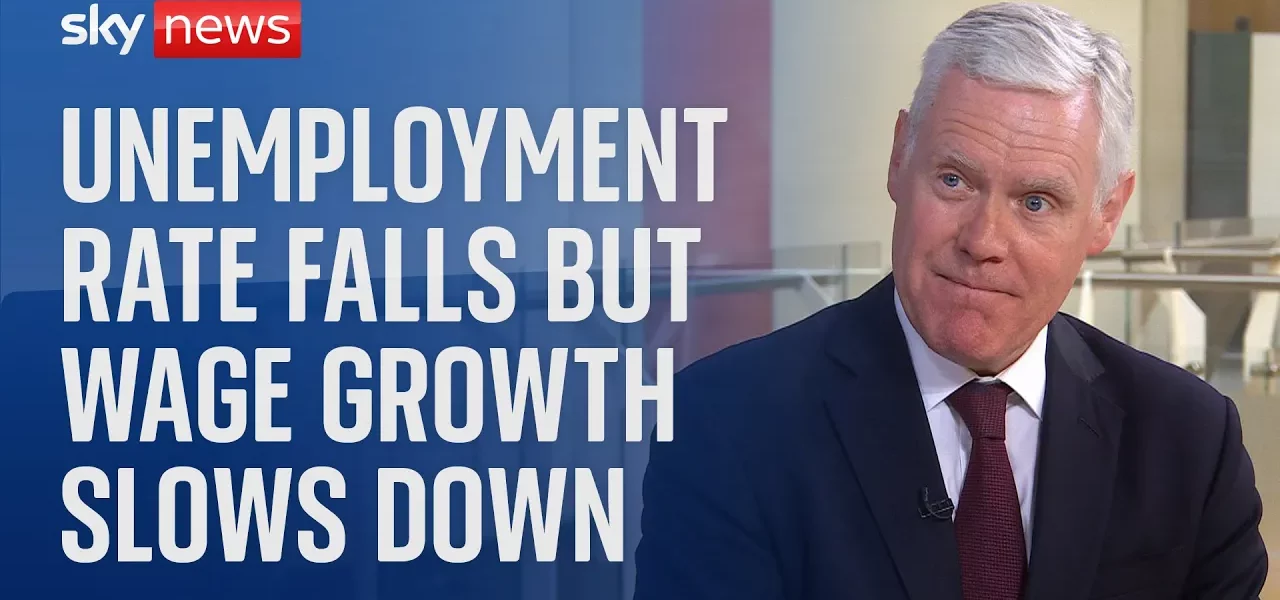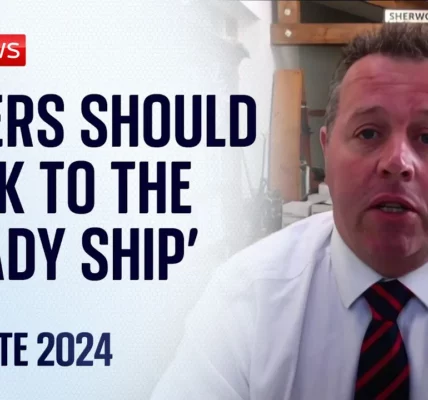The Impact of Wage Growth on Interest Rates and Inflation in the UK

This article explores the recent trends in UK wage growth, employment statistics, and their implications for monetary policy and inflation. With wages increasing at a slower pace, we delve into what this means for the Bank of England’s interest rate decisions and the overall economic landscape.
Introduction
The UK economy has recently displayed signs of resilience, with wage growth showing a nuanced yet significant trend. As reported by the Office for National Statistics, the rate of pay growth, excluding bonuses, increased by 5.4% in the three months to June. This figure, while substantial, is a decrease from the previous month’s rate of 5.8%. Such dynamics in wage growth are critical in understanding the current state of the labor market and the potential implications for monetary policy, particularly concerning interest rates set by the Bank of England. This article will break down these trends, providing insights into their broader economic implications.
Wage Growth Trends
The recent wage growth figures have sparked discussions among economists and policymakers. Below, we explore the main points related to the wage growth trends in detail:
Current Wage Growth Statistics
According to the latest data:
- Wages excluding bonuses rose by 5.4% in the three months to June.
- This is a decrease from the 5.8% growth recorded the previous month.
- When bonuses are included, the adjusted figure saw a sharper decline to 4.7%.
This decline is attributed to significant one-off bonuses paid a year ago, particularly in sectors like the NHS. Despite the slowdown, the current wage growth remains high compared to historical standards.
Wage Inflation Analysis
Wage inflation is a critical factor in assessing economic health. The current wage growth suggests:
- The economy is relatively resilient, indicating a tight labor market.
- Wage increases have consistently outpaced the headline inflation rate for over a year.
However, the Bank of England may find the current wage growth levels concerning, as they could lead to sustained inflationary pressures.
Employment Statistics
The UK labor market is experiencing notable changes, as highlighted by the recent employment statistics:
Unemployment Rate Dynamics
The unemployment rate has surprisingly dropped from 4.4% to 4.2%, contrary to market expectations of an increase to 4.5%:
- This fall reflects a robust labor market, despite challenges in specific sectors.
- Concerns about the accuracy of the labor force survey data persist, yet the overall trend appears positive.
Job Vacancies and Skill Shortages
In terms of job vacancies:
- Vacancies have decreased for the 26th consecutive month, now sitting at 884,000.
- This number remains significantly higher than pre-pandemic levels, indicating ongoing skill shortages.
The Chancellor has frequently addressed these skill shortages, suggesting that they are a critical issue in the current labor market landscape.
Implications for Interest Rates and Inflation
The relationship between wage growth, interest rates, and inflation is a complex one. Here are the key elements to consider:
Interest Rate Decisions by the Bank of England
The Bank of England is currently facing a challenging decision-making environment:
- While there is pressure to cut interest rates, the sustained wage inflation complicates this decision.
- The market is speculating about potential rate cuts later in the year, possibly around November.
Inflation Forecasts
Inflation rates are expected to rise, influenced by:
- Base effects from the previous year, where prices were falling rapidly.
- Recent grocery price inflation data indicating a rise for the first time in over a year, up by 1.8% in August.
These factors suggest that inflation could reach 2.3%, making it difficult for the Monetary Policy Committee to justify further rate cuts in the short term.
Conclusion
In summary, the recent trends in wage growth and employment statistics paint a picture of a resilient UK economy, albeit with challenges regarding inflation and interest rates. While wage growth remains relatively high, the slowdown in its pace could provide some leeway for the Bank of England in monetary policy decisions. However, with inflation expected to rise, the path forward remains uncertain. For individuals and businesses alike, keeping an eye on these developments will be crucial. As we await further economic data, especially inflation figures, it is essential to stay informed and adapt to the changing economic landscape.
For further insights on UK economic trends, consider reading our related articles on wage inflation and interest rate forecasting.
“`




